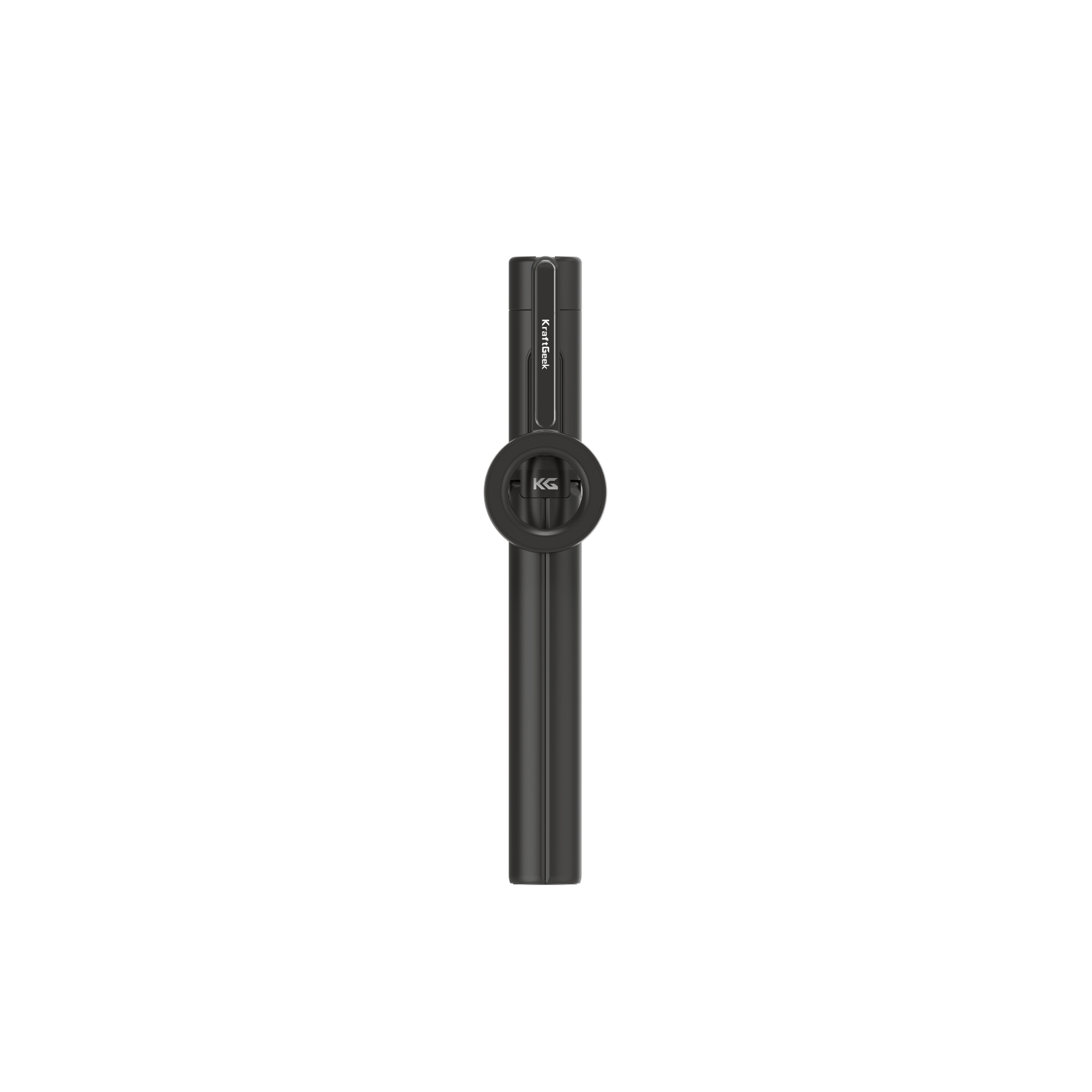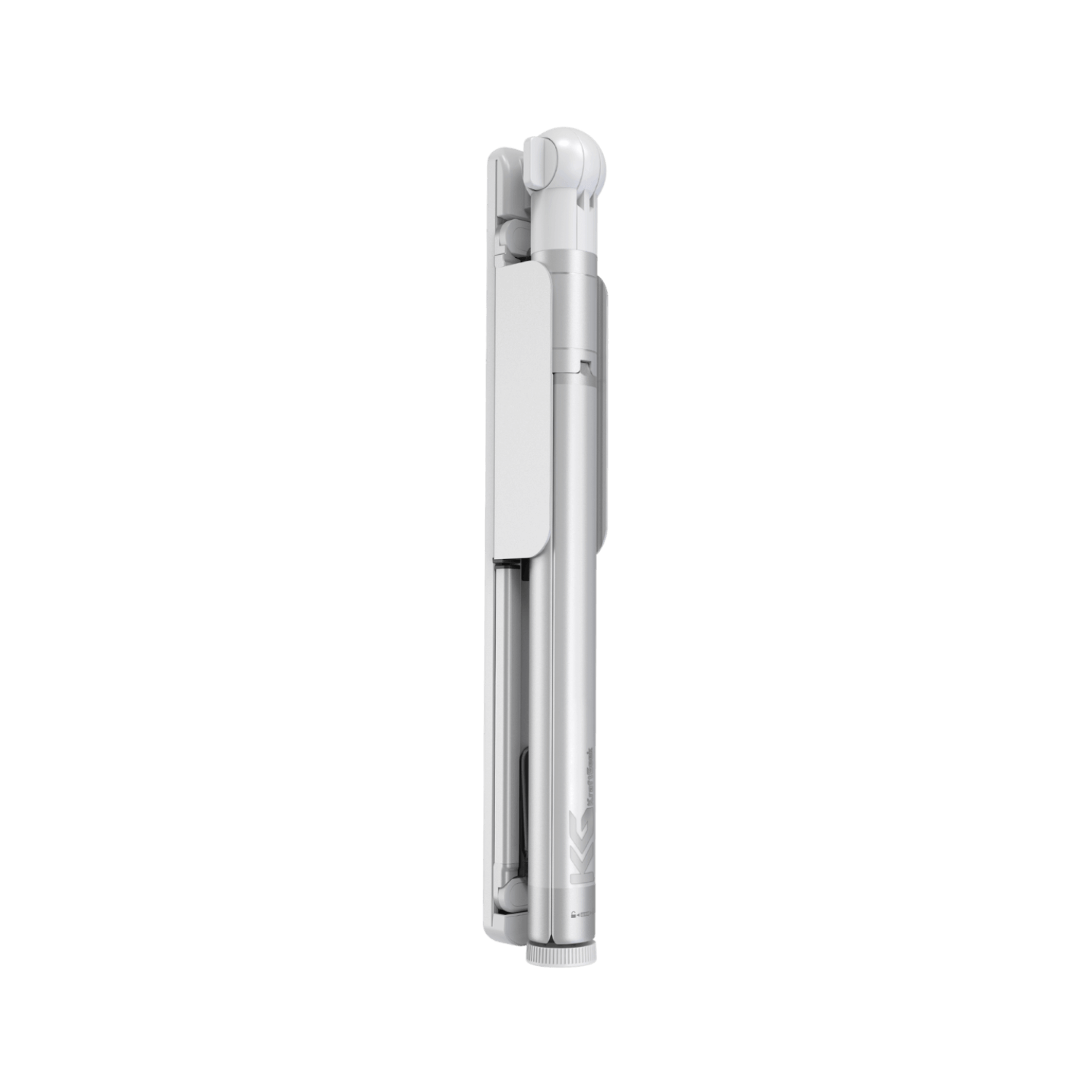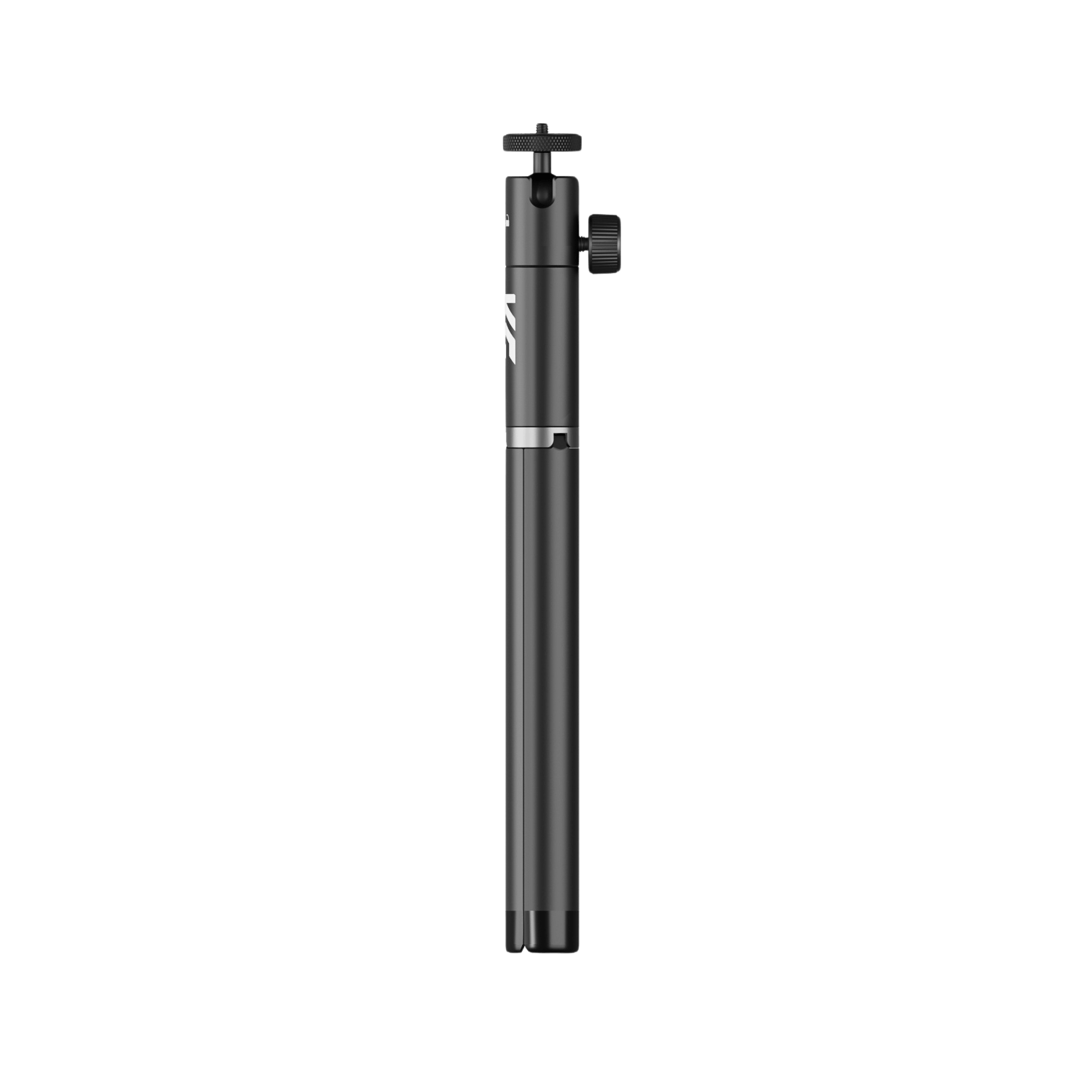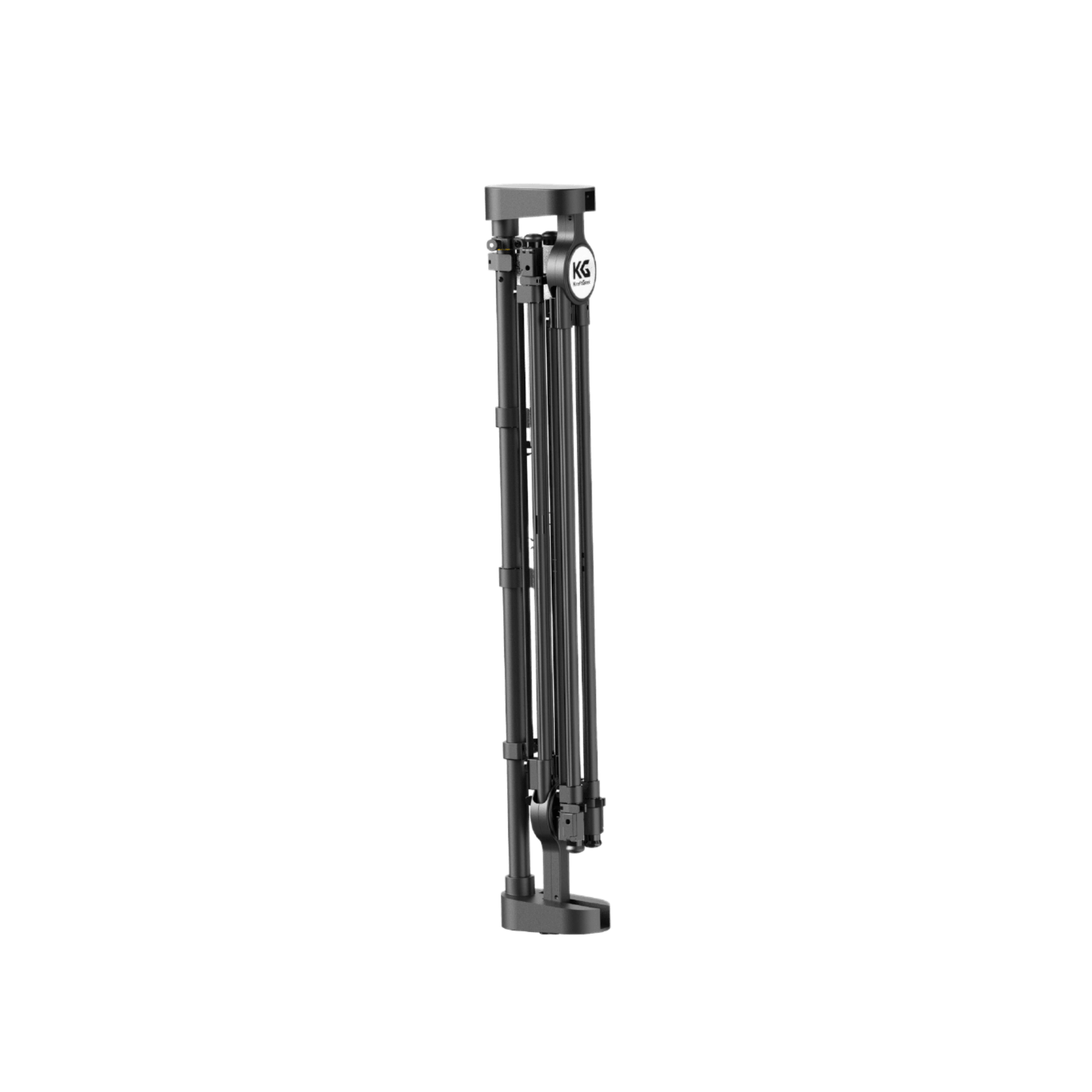Whether you're a seasoned pro or just starting out, the idea of recording your running sessions can seem daunting. If you're eager to capture your running workouts on video but don't know where to begin, you're in the right place. In this guide, we'll break it down into simple steps that anyone can follow.
Choosing the Right Recording Device
When it comes to recording your running sessions, the first step is to consider what equipment you have on hand. Luckily, you don't need fancy, high-end gear to get started. Whether it's your trusty smartphone, an old video camera gathering dust in the closet, or even a basic recording device, chances are you have something that can capture video. The key is to use what's readily accessible to you.
For recording running sessions, you'll want a device that can capture clear, stable footage without too much hassle. Smartphones are often a popular choice due to their convenience and decent video quality. Video cameras, if available, can offer more control over settings and better image stabilization. However, even basic recording devices can get the job done if that's all you have access to.
Tips For Maximizing Your Running Gear
Instead of lugging around a ton of gear, focus on streamlining your setup to maximize efficiency and minimize distractions. This means only bringing the essentials and leaving behind anything that isn't absolutely necessary for capturing your running sessions.
1. Cold Weather
When you're out recording your running sessions, it's important to consider the impact of weather conditions on your gear. In cold weather, low temperatures can be harsh on electronic devices, causing them to malfunction or even sustain damage.
To protect your equipment, make sure to keep it insulated and shielded from the cold. One simple trick is to store your camera or smartphone in a protective case or bag when not in use.
Additionally, avoid exposing your gear to sudden temperature changes, such as bringing it from a cold outdoor environment into a warm indoor space too quickly. This can help prevent condensation from forming inside your device, which can damage delicate electronic components.
2. Alternative Lighting Solutions
When it comes to lighting your running sessions, you don't need fancy studio lights to get great results. Instead of relying on on-camera lights, consider using alternative lighting solutions that are both effective and budget-friendly.
For example, attaching a headlamp to your running gear with Velcro can provide ample illumination without adding extra weight or bulk. Plus, many headlamps come with dimming functions, allowing you to adjust the brightness to suit your needs. By minimizing your gear and opting for simple lighting solutions, you can focus more on capturing compelling content without getting bogged down by technical details.
How To Plan Your Shots
Before you hit record on your camera or smartphone, take a moment to plan out your shots. Think about the key moments you want to capture during your running session and how you can best frame them within your footage. Consider creating a shot list or storyboard to help guide your filming process and ensure you capture everything you need for a cohesive video.
Set Limits
When it comes to recording running sessions, less is often more. Instead of filming every moment of your workout, set limits for yourself to avoid overwhelming amounts of footage. For example, you might decide to only record during specific intervals or focus on capturing a few key scenes that highlight the essence of your run.
Organize Your Footage
Once you've finished recording, it's essential to organize your footage for easier editing later on. This means labeling and categorizing your files in a way that makes sense for your project. Consider creating separate folders for different scenes or segments of your video, and be sure to give each file a descriptive name that clearly identifies its content.
- Start by reviewing all of your raw footage and identifying the clips that best capture the key moments of your run.
- Then, organize these clips into separate folders or categories based on their content or significance.
Tips While Filming Your Running Videos
Unlike scripted films or staged photoshoots, running videos offer a unique opportunity to capture real-life moments as they unfold. However, this spontaneity can also pose a challenge, as outdoor conditions and unexpected events can change in an instant.
To make the most of these spontaneous moments, it's essential to stay alert and adaptable while recording. Keep your camera or smartphone handy at all times, ready to capture those fleeting moments of magic that can transform an ordinary workout into an extraordinary adventure.
1. Choose Safe and Suitable Locations
When it comes to filming your running sessions, safety should always be your top priority. Before hitting the record button, take the time to scout out safe and suitable locations for filming. Look for areas with wide, open spaces and minimal obstacles to ensure smooth and uninterrupted filming.
Avoid busy roads or crowded areas where you could risk injury or distraction. Instead, opt for quiet parks, trails, or open fields where you can run freely without any concerns.
2. Utilize Drones for Dynamic Shots
Drones have revolutionized the way we capture video, offering unique perspectives and dynamic shots that were once only possible with expensive equipment. If you have access to a drone, consider using it to enhance your running videos.
Set your drone to follow mode and experiment with different angles and movements to capture dynamic footage from above. Try flying the drone alongside you as you run, or position it ahead to capture sweeping panoramic shots of your route. B
3. Experiment with Angles and Movements
When it comes to capturing dynamic footage, don't be afraid to get creative with your camera angles and movements. Experiment with different perspectives, such as low-angle shots from the ground or high-angle shots from above, to add visual interest to your video.
Mix up your camera movements by incorporating smooth pans, tilts, and tracking shots to create a sense of movement and fluidity. Don't be afraid to try new techniques and push the boundaries of conventional filming styles.
Product Recommendations
Conclusion
Capturing your workout sessions on video is about sharing your passion, inspiring others, and creating engaging content that resonates with viewers. Whether you're a beginner just starting out or an experienced videographer looking to up your game, there's something here for everyone to learn and apply to their own video projects.









